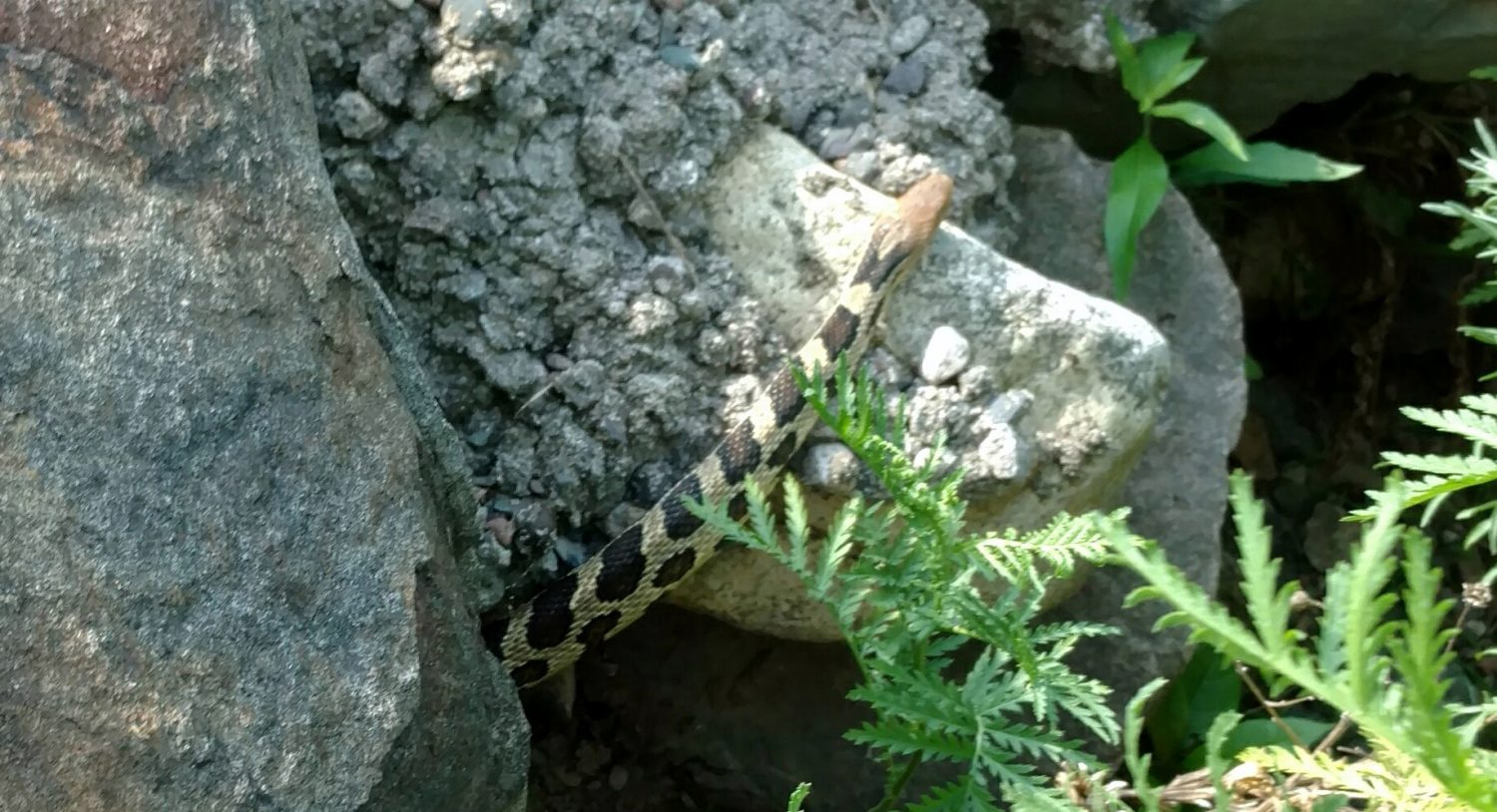Water, water everywhere?

By the Masked Biologist
Special to the Star Journal
We recently observed a special tenth anniversary. On Oct. 3, 2008, The Great Lakes Compact was officially signed into law by President Bush, protecting the world’s largest freshwater ecosystem and preserving the rights for its use by the residents of eight states and two Canadian provinces. The compact was more than just a law, though; it was the culmination of 30 years of hard work by concerned resource professionals, citizens and politicians who saw that water was only going to continue to become more scarce over time.
You probably don’t spend any part of a typical day thinking about access to clean drinking water, unless you need to bleach your well, add water softener salt, or maybe when you pay your city water bill. The Great Lakes have a lot to do with that. Here in Wisconsin, we are water rich. Surrounded by Lake Superior to the north and Lake Michigan to the east, along with the Mississippi River on the west, water is never too far away. Our culture, our traditions, our trades and industry, sporting heritage, everything that makes us who we are is defined by water. You don’t need to get too far away from these lakes to start feeling the stress brought on by lack of safe water. In southeast Wisconsin, cities just outside the defined drainage basin of Lake Michigan reach out and ask for a share of the water for their citizens. Waukesha, Wisc., the city of my birth, is a great example. They do not have enough clean water to supply their residents. The Great Lakes Compact does have a provision that allows states to “dip” into the water supply for neighboring communities if the primary use for that water is residential drinking water.
In the past, when I have written or posted about water, I have received a comment or two about how water is a basic human right and should be allowed to anyone who needs it. In its basest form, that is true. If someone wants access to water, they should be able to get enough to drink. However, they are not guaranteed that it will be pumped, pressurized, purified, filtered, treated, frankly even safe to drink. That right to access water also doesn’t extend to how you choose to make a living. Water law impacts all kinds of agricultural and ranching operations, especially areas in the Great Plains, the Southwest, even natural floodplains like the Tennessee River Valley and the lower Mississippi. You have to know the law and secure water rights to water or irrigate crops, and water access is an important consideration if you want to raise and graze cattle. In other parts of the country, clean water partnerships work tirelessly to reduce pesticides, herbicides, and animal feces in their lakes, rivers, streams and even groundwater in an effort to provide clean drinking water for rural residents.
Enterprising individuals from other states and even other countries have dreamed up ways to access the great lakes. Proposals to run pipelines from Lake Superior to western states like California have been drafted, and a company in Asia wanted to bring large water tankers into the Great Lakes through the Saint Lawrence Seaway, fill them up, and ship the fresh water back to be bottled and sold in Asia. The Great Lakes Compact has stood up to these proposals, protecting them from outside interests that would surely reduce our own quality of life while being misused and degraded in other states or countries.
The recent developments surrounding the Foxconn plant have brought the compact into the limelight. Water will be pumped out of Lake Michigan and its natural drainage basin at the rate of 7 million gallons of water per day, not for residential use as allowed, but for a single private industrial customer, Foxconn, as well as industrial and commercial facilities surrounding their facilities.
You may be thinking that the city of Racine or Lake Michigan are far away, or that losing a little water won’t make a big difference. Just remember, little things add up over time. Remember that 40 million people collectively rely on these lakes to provide their safe drinking water. Remember that 3,500 species of plants and animals call these lakes home. And remember that Wisconsin benefits from its share of a 4-billion-dollar sports-fishing industry.
The Masked Biologist earned a Bachelor of Science degree in wildlife biology. His work in natural resource agencies across the country provided opportunities to gain experience with a variety of common and rare fish, plant and wildlife species. Follow The Masked Biologist on Facebook. Email questions to [email protected].
Leave a reply
You must be logged in to post a comment.


